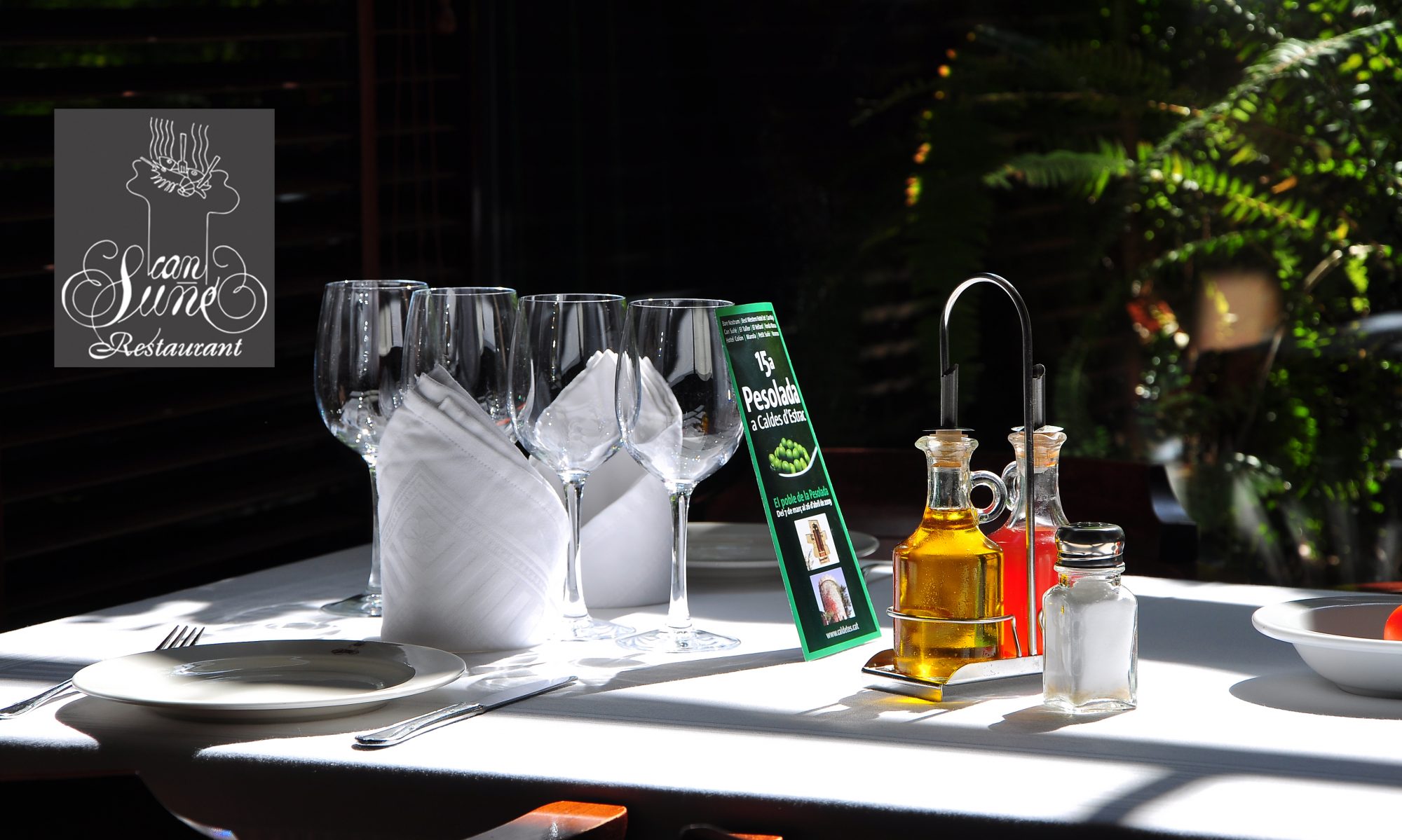1. Introduction: The Significance of Water Sounds in Human Culture and Perception
Water has always shaped human civilization—guiding settlement, inspiring myth, and echoing through memory. Nowhere is this more evident than in the evolving soundscape of water itself. From the rhythmic splash of ancient fishing tools to the immersive aquatic echoes in modern video games, water’s acoustic presence carries layers of cultural identity, emotional resonance, and ancestral knowledge. These sounds are not mere background noise; they are auditory archives, preserving the pulse of human experience across generations.
Water echoes, whether from flowing rivers, ocean waves, or handcrafted fishing chants, anchor personal and collective memory. The cadence of water’s voice mirrors the heartbeat of tradition—passed down through oral histories and sensory imprinting. For example, the rhythmic drumming of bamboo fishing nets in Southeast Asian communities, documented in ethnomusicological studies, reveals how sound patterns anchor both ritual and recollection. This continuity is echoed in digital storytelling, where developers deliberately weave such auditory cues into game environments to deepen immersion and emotional authenticity.
Below is a comparison of ancestral auditory practices and their modern digital counterparts, illustrating how water’s sonic legacy has been reimagined:
| Traditionally | Modern Digital Design |
|---|---|
| River rhythms & fishing chants | Dynamic water echo layers in ambient game soundscapes |
| Oral transmission of sound patterns | Procedural audio algorithms simulating natural echoes |
| Ceremonial use in communal memory rituals | Interactive sound design triggering player nostalgia |
As game developers refine their sonic palettes, the organic textures of water—its splash, ripple, and resonance—are not merely replicated but transformed. The organic irregularity of a real river’s echo is now emulated through synthesis and spatial audio, yet retains the psychological weight that makes it memorable. Psychological studies confirm that water’s sound patterns activate neural pathways linked to memory and emotion, particularly nostalgia. The repetitive, predictable cadence of flowing water mirrors natural rhythms the brain associates with safety and continuity—qualities exploited to evoke deep emotional responses in players.
These soundscapes do more than entertain—they **reclaim** a primal connection. When a player hears the subtle echo of a virtual waterfall mirroring a childhood river, or the rhythmic pulse of waves echoing a fishing chant they once heard, the mind bridges past and present. This deliberate sonic layering transforms entertainment into a vessel of cultural memory.
One striking example lies in retro game design: titles like Waterworld (1995) used layered water sound effects to immerse players in coastal survival, blending natural ocean rhythms with subtle orchestral motifs. Modern games like Journey or Abzû expand this tradition, integrating field recordings of real water with adaptive audio systems that respond to player movement—turning sound into a living narrative thread.
The Silence Between Echoes: Absence and Memory in Water-Based Soundscapes
Just as silence shapes memory, so too does the absence of water’s sound in digital spaces carry meaning. A still pool or quiet riverbed can evoke loss, absence, or fading heritage—echoing real-world consequences of environmental change and cultural erosion. Game designers increasingly use intentional voids: moments where water sounds fade to silence, prompting reflection on what has been lost or forgotten.
This technique draws from indigenous traditions where water’s silence is not emptiness but a space for contemplation—a sacred pause between drumbeat and breath. In digital form, such voids become powerful narrative tools, allowing players to feel the weight of absence just as communities feel the loss of ancestral waterways.
Reclaiming Water Sounds: Revitalizing Traditional Auditory Heritage in Contemporary Media
Beyond replication, contemporary media faces the challenge of authentically representing water’s acoustic memory. Indigenous communities worldwide are collaborating with sound designers to embed authentic regional water sounds—from the gurgle of Andean streams to the chant of Pacific tides—into games and documentaries. These efforts preserve not only environmental soundscapes but also the cultural knowledge embedded within them.
However, authenticity demands more than sampling; it requires contextual respect and technical fidelity. High-resolution field recordings, combined with cultural consultation, ensure that digital echoes honor their origins. The integration of native languages in water sounds, or the use of traditional instruments in ambient mixes, transforms games from entertainment into cultural preservation.
“To sonically remember water is to honor those who once listened to its voice.”
Table: Evolution of Water Sound Representation in Media
| Pre-digital era | Field recordings, analog synthesis, minimal interactivity | River sounds in nature documentaries, simple looped loops |
| 1990s–2000s | Digital audio workstations, sampled environmental recordings | Dynamic water layers in adventure games, basic echo effects |
| 2010s–today | Procedural audio, spatialized 3D sound engines, AI-generated textures | Adaptive ecosystems with responsive water audio in immersive VR experiences |
Conclusion: Water’s Soundscape as a Bridge Across Time
From the morning splash of a fishing net to the echoing depths of a virtual ocean, water’s sound has evolved—but its role as a keeper of memory endures. As technology advances, so does our ability to preserve and reimagine these sonic legacies, ensuring that the voices of rivers, waves, and tides continue to shape how we remember, feel, and connect. In every echo, we hear not just water—but history, culture, and the quiet pulse of human experience.
Explore the full evolution of water sounds from ancient practices to modern games
